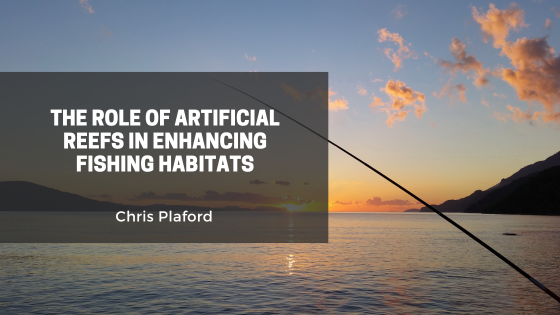Artificial reefs have become a vital tool in marine conservation, serving as a way to enhance fishing habitats while promoting biodiversity. These man-made structures provide shelter, food, and breeding grounds for marine life, ultimately benefiting both ecosystems and the fishing industry. As natural reefs face increasing threats from climate change, pollution, and overfishing, artificial reefs play an essential role in supporting marine populations and sustaining recreational and commercial fishing activities.
What Are Artificial Reefs?
Artificial reefs are underwater structures designed to mimic natural reef environments. They can be made from a variety of materials, including:
- Sunken ships, aircraft, or other large objects
- Concrete structures specifically designed for marine life
- Discarded materials such as tires and reef balls
- Decommissioned oil rigs repurposed for marine habitats
These structures provide surfaces for coral and algae to grow, attracting small fish and invertebrates, which in turn draw larger predatory species, creating a thriving underwater ecosystem.
Benefits of Artificial Reefs for Fishing Habitats
- Increased Fish Populations – Artificial reefs create safe havens for fish to breed and grow, increasing overall fish populations. This can help replenish stocks of species that have been overfished.
- Enhanced Biodiversity – By providing a complex habitat, artificial reefs attract a wide range of marine species, from small baitfish to large predators, fostering a balanced ecosystem.
- Sustainable Fishing Opportunities – With artificial reefs concentrating fish populations, they reduce the pressure on natural reefs, allowing ecosystems to recover while still providing productive fishing spots.
- Improved Angler Success – Recreational and commercial fishers benefit from artificial reefs as they create reliable fishing locations, increasing catch rates and making fishing more efficient.
- Protection Against Habitat Destruction – Artificial reefs help mitigate damage caused by bottom trawling and other destructive fishing practices by providing alternative habitats for marine life.
Challenges and Considerations
While artificial reefs offer significant benefits, they also come with challenges. If not properly planned, they can negatively impact marine environments. Poorly designed reefs may introduce harmful materials into the ocean, and incorrect placement can disrupt existing ecosystems. Additionally, some artificial reefs attract excessive fishing activity, leading to overexploitation if not properly managed. To maximize their effectiveness, artificial reef programs require careful planning, monitoring, and regulation.
Examples of Successful Artificial Reef Programs
Many artificial reef initiatives have demonstrated their effectiveness in enhancing marine habitats and supporting fisheries. Some notable examples include:
- Florida’s Artificial Reef Program – With over 3,500 artificial reefs, Florida has developed a thriving network of structures that support both commercial and recreational fishing.
- Japan’s Marine Ranching Efforts – Japan has implemented artificial reef systems to sustain fish populations and support local fisheries.
- The Great Barrier Reef’s Restoration Projects – Australia has experimented with artificial reefs to enhance damaged reef areas and promote marine biodiversity.
Conclusion
Artificial reefs are a crucial tool in marine conservation, benefiting both ecosystems and the fishing industry. By providing shelter and breeding grounds for marine species, these structures help replenish fish populations, support biodiversity, and create sustainable fishing opportunities. However, careful planning and management are necessary to ensure that artificial reefs contribute positively to marine environments without unintended consequences. As natural reefs continue to face threats, artificial reefs will play an increasingly vital role in preserving our oceans and supporting sustainable fishing practices.
